
Film still από την ταινία Make it fall, Bernadette (2008) του ιρλανδού σκηνοθέτη Duncan Campbell.

Ζαν ντ' Αρκ και σύμβολο της ιρλανδικής αντίστασης η Bernadette Devlin για την ιταλική εφημερίδα (Corriere dei Ragazzi nº 9, 1972).

Πορτρέτο της αγγλίδας φωτογράφου Fay Godwin.

Belfast, 1969. Film still από το ντοκιμαντέρ Bernadette: Notes on a Political Journey του άγγλου σκηνοθέτη John Goldschmidt. Σε ηλικία μόλις 21 ετών, η Bernadette Devlin εξελέγη βουλευτής στο αγγλικό Κοινοβούλιο.

Φωτ. Larry Doherty.

Νέα Υόρκη, 1969.

Newry, Βόρεια Ιρλανδία. Ireland Press Photo.

Derry (Londonderry για τους 'Αγγλους και τους ιρλανδούς προτεστάντες), 1969. Ireland Press Photo.

Φωτ. via Babylon Falling.

Η Bernadette Devlin ανάμεσα σε άγγλους αστυνομικούς κοντά στη φυλακή Pentonville. Λονδίνο, 26 Ιουλίου 1972.


Συγκέντρωση στην πόλη Newry της Βόρειας Ιρλανδίας δύο εβδομάδες μετά τη σφαγή της Ματωμένης Κυριακής (Bloody Sunday) όπου 14 ιρλανδοί διαδηλωτές σκοτώθηκαν από τα πυρά άγγλων στρατιωτών. Ανάμεσα στους ομιλητές και η Bernadette Devlin. Το επίσημο πόρισμα για τα αιματηρά γεγονότα της Ματωμένης Κυριακής που δημοσιοποιήθηκε το 2010 επέρριψε ευθύνες αποκλειστικά στον αγγλικό στρατό, αναγκάζοντας τον σημερινό Πρωθυπουργό David Cameron να προβεί σε δημόσια συγγνώμη. Φωτ. William L. Rukeyser (National Library of Ireland).

Η Bernadette Devlin στη μάχη του Bogside (καθολικό προάστειο του Derry) το 1969. Φωτ. Clive Limpkin, The Battle of Bogside (Penguin, 1972).

"The Civil War in Ulster has begun" (Bernadette Devlin).

Αγγλική περίπολος στη Βόρεια Ιρλανδία (1971). Φωτ. Clive Limpkin (The Battle of Bogside).

Ταραχές στο Ulster (Αύγουστος 1969). Φωτ. Clive Limpkin (The Battle of Bogside).

Derry, 1969. Φωτ. Clive Limpkin (The Battle of Bogside).
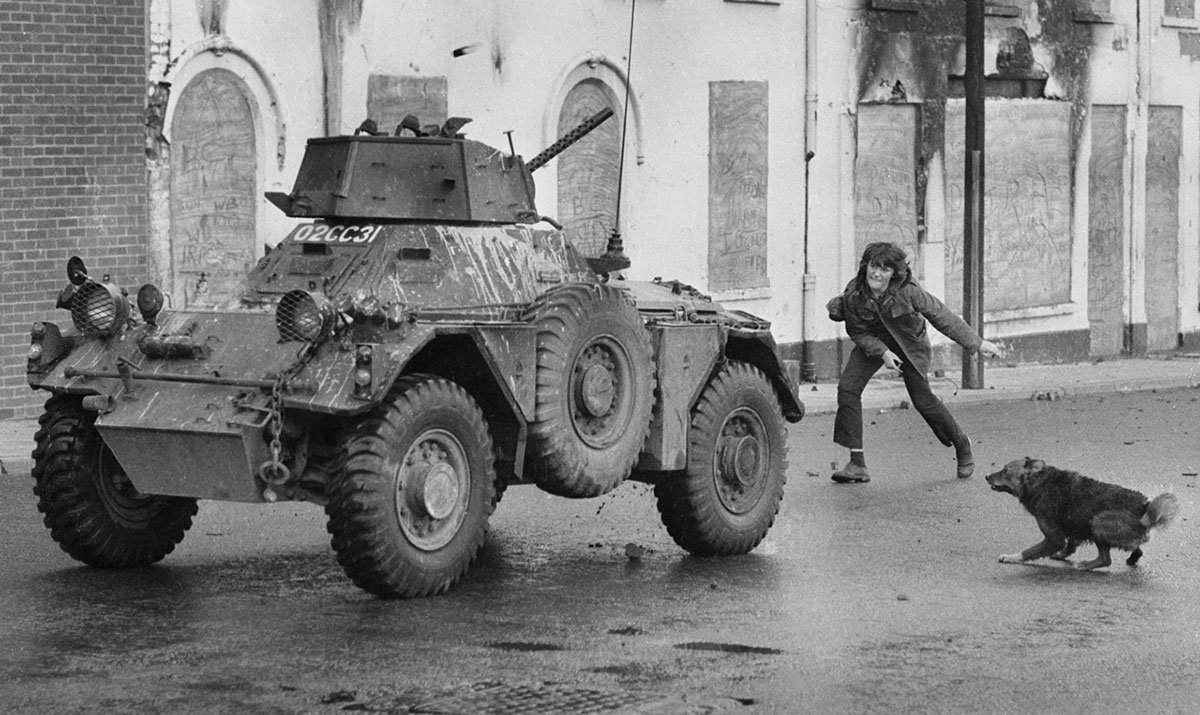
Derry, 1969. Φωτ. Clive Limpkin (The Battle of Bogside).
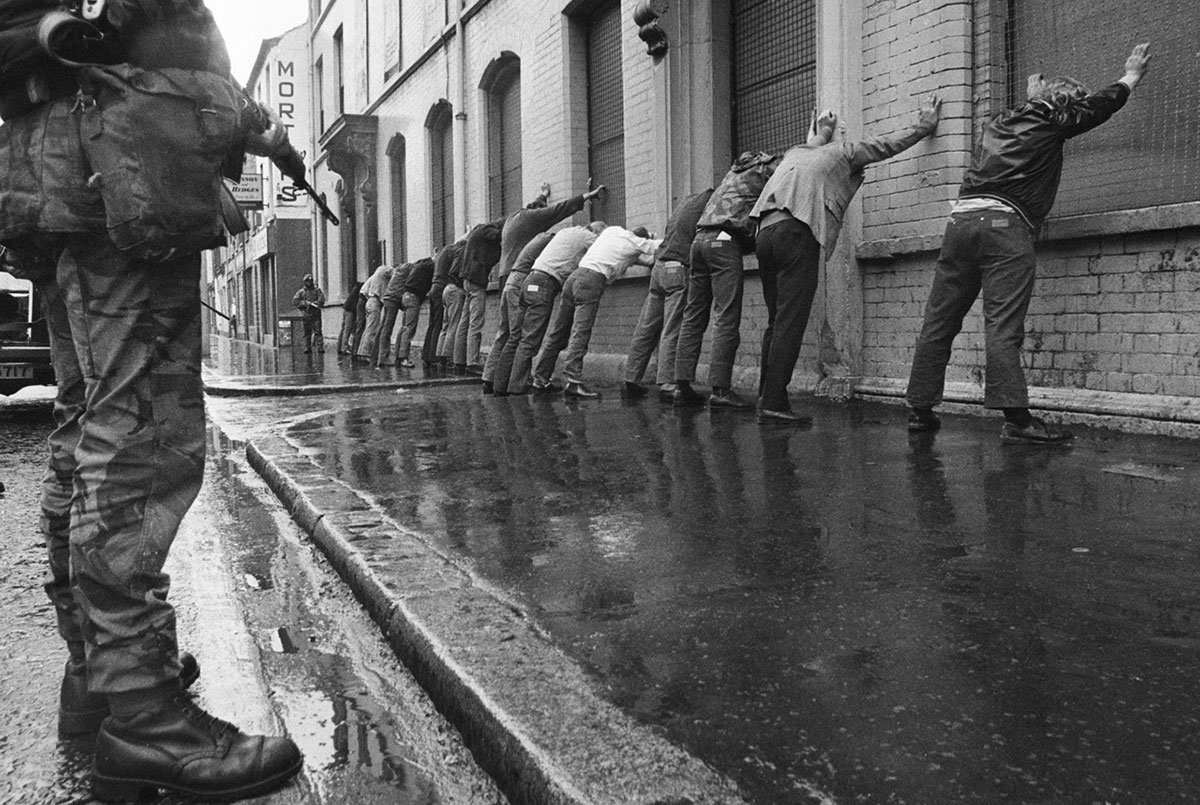
Belfast, 1971. Φωτ. Clive Limpkin (The Battle of Bogside).

Derry, 1969. Φωτ. Clive Limpkin (The Battle of Bogside).

Η δίκη της Bernadette Devlin στο Derry τον Δεκέμβρη του 1969. Στην κάθετη φωτογραφία, οδηγείται στη φυλακή.


Στην αριστερή φωτογραφία, η Bernadette Devlin κρατάει μία πλαστική σφαίρα (1982). Φωτ. UPI.

Αριστ. : Απεργία πείνας της Bernadette Devlin στο Λονδίνο το 1971 έξω από την πρωθυπουργική κατοικία στην Downing Street.
Δεξ. : Film still από την ταινία Make it fall, Bernadette.


Μέλη της Ulster Defence Association (της μεγαλύτερης προτεσταντικής παραστρατιωτικής οργάνωσης) εισέβαλλαν το 1981 στο σπίτι της Bernadette Devlin και την πυροβόλησαν αυτήν και τον άντρα της κάτω από τα μάτια των παιδιών τους. Χτυπημένη από επτά σφαίρες, η Bernadette Devlin σώθηκε από θαύμα από μία βρετανική περίπολο που άκουσε τους πυροβολισμούς και έσπευσε στο σπίτι. Τρεις από τους δράστες συνελήφθησαν και φυλακίστηκαν. Ο ένας απ' αυτούς εκτελέστηκε αργότερα από τον IRA.

Νέα Υόρκη, 1969. Φωτ. AP.

Η Bernadette Devlin στη δίκη των Πέντε του IRA στο Ομοσπονδιακό Δικαστήριο της Νέας Υόρκης το 1982. Είχαν κατηγορηθεί για διακίνηση όπλων, αλλά τελικά αθωώθηκαν.

Αριστ. San Francisco, 1971.



Film still από την ταινία Make it fall, Bernadette (2008) του ιρλανδού σκηνοθέτη Duncan Campbell.

Film still από την ταινία Make it fall, Bernadette.

Film still από την ταινία Make it fall, Bernadette.
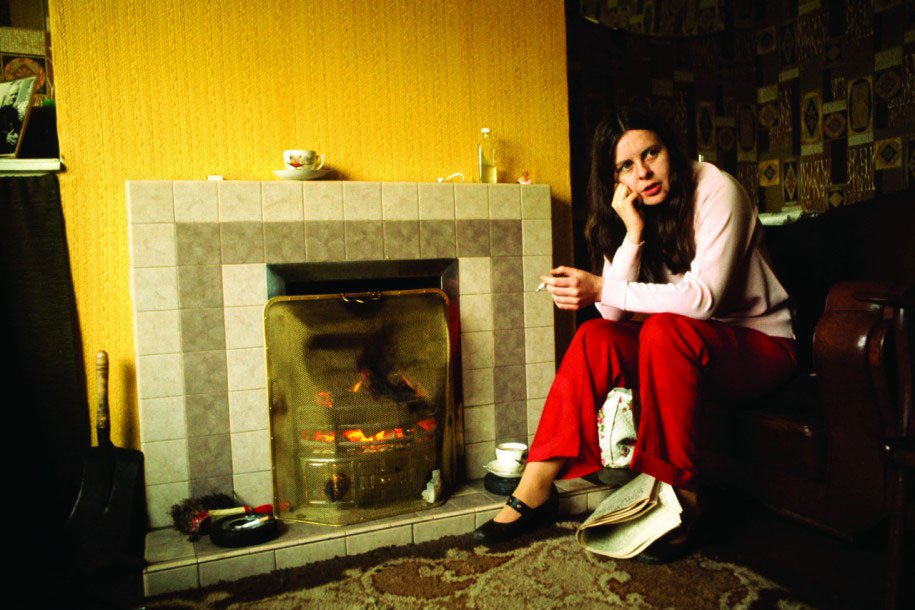
Film still από την ταινία Make it fall, Bernadette.

Film still από την ταινία Make it fall, Bernadette.
HOTEL EXHIBITION
_ Duncan Campbell _
Bernadette
23rd Nov–18th Jan 2009
Bernadette,, 2008
16 mm film transferred to DVD, 37 mins
Bernadette presents an unravelling, open-ended story of the female Irish dissident and political activist, Bernadette Devlin. Duncan Campbell is interested in fusing documentary and fiction in order to assess both the subject matter and the mode of communicating it.
'Documentary is a peculiar form of fiction. It has the appearance of verity grounded in many of the same formal conventions of fiction––narrative drive, linear plot, and closure. Yet, the relationship between author/subject/audience is rarely investigated in the same way as it is in meta-fiction. I want to faithfully represent Devlin, to do justice to her legacy. Yet what I am working with, are already mediated images and writings about her. What I produce can only ever be a selection of these representations, via my own obsessions and my desire to make engaging art of her. My film is an admission of limitation, but I have too much respect for Devlin for it to be an expression of nihilism or irony. I am striving for what Samuel Beckett terms, "a form that accommodates the mess". I want to broaden the scope of the film to include this space and tension, which is typically excluded or concealed, and that is the reason for the overlapping strands in the film...'
Campbell's treatment of the author, subject, and audience relationship in the film, and its refusal to adhere to formal conventions: the cutting between archival material, animation, and scripted voiceover is ultimately for Campbell an attempt at reality, an attempt at truth. For Campbell there is a point to be made of Devlin 'given the nature of much of the conflict in the world now Devlin's appeal is––like a spectre, extant––but I am not content to conclude it like that'.
Describing his work in a letter to Devlin, in which he announces his plans to make Bernadette, Campbell writes:
'My film is a portrait of you. Now, of course I do not know you so it is my portrait of you: a public figure through whom the politics and history of a very particular time and place seemed to distill and through whom they seemed to pass. I have tried to capture some of the momentum and potential of Northern Ireland during the late 60s and early 70s and to chart your political becoming during this time.
The bulk of the film is made up of archival footage. I am aware of the paradox inherent in this: from my research I have a very strong impression that the parallel character of the 'real' Bernadette Devlin constructed through the media caused you much irritation. I was also interested in the extent to which this constructed, iconic figure subsequently, very quickly came to stand for––rightly and wrongly––a range of ideas associated with the Republican movement, with the civil rights campaign and so on, particularly in the likes of America.'
Notes on History of Bernadette Devlin
Bernadette Devlin emerged in the late 1960s from The Peoples' Democracy, a group based at Queen's University, Belfast. A diminutive but indomitable figure, Devlin combined parliamentary and extra-parliamentary politics. In 1969 Devlin was elected as MP for Mid-Ulster to Westminster at the age of 21. She spent six months of her term of office in jail for her part in barricading and defending a Catholic area of Derry. A brilliant orator, she became a doyenne of the New Left in Britain and beyond and was somewhat bemused to be associated with the radical chic of the time. Often a contradictory figure, Devlin strenuously tried to galvanise the Irish left in the face of increasing state violence and internment; all the while remaining politically independent of any of its emerging parties. Her sincere appeal for class solidarity beyond sectarian divisions went hand–in–hand with an instinctive association with, and defence of, working-class Catholics. She is the product of a political moment but was quick to grasp a bigger plot––the structural conflicts and tensions shared by all societies: class, religious against secular vision, the formation of national identity, the competing demands of the living and the dead.
Duncan Campbell (born 1972, Dublin, Ireland), lives and works in Glasgow, UK. He recently received the Paul Hamlyn Award, and the Baloise Art Prize 2008. Solo exhibitions have included Sigmar at the ICA, 0-60, London, The Unamable at Lux, Falls Burns Malone Fiddles, Galerie Luis Campana, Cologne (2004) and Falls Burns Malone Fiddles, Transmission Gallery, Glasgow (2003). He has shown in group exhibitions including A Rictus Grin, Broadway 1602, New York, (2008) After October, Elizabeth Dee, New York, (2008), You have not been honest, Museo D'Arte Contemporanea Donna Regina, Naples (2007), curated by Polly Staple and Colin Ledwith, Art Now Lightbox, Tate Britain, London (2006), Archaeology of Today?, Els Hanappe Underground, Athens (2005), Revolution is Not What it Used to Be, S1 Artspace Sheffield (2004), Manifesta 5, European Biennial of Contemporary Art, San Sebastian (2004), Emotion Eins, Frankfurter Kunstverin, Frankfurt am Main (2004), Fresh and Upcoming, a project with Luke Fowler at Frankfurter Kunstverein, Frankfurt am Main (2003) and Old Habits Die Hard, Sparwasser HQ Berlin and Norwich Gallery (2003).
(Εισαγωγική αναφορά στην ταινία από την γκαλερί του Λονδίνου HOTEL).
Battle of the Bogside, August 1969. "The news in Derry 1969 from a very british perspective!"










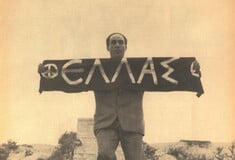



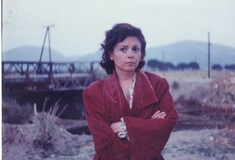







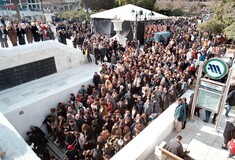






σχόλια